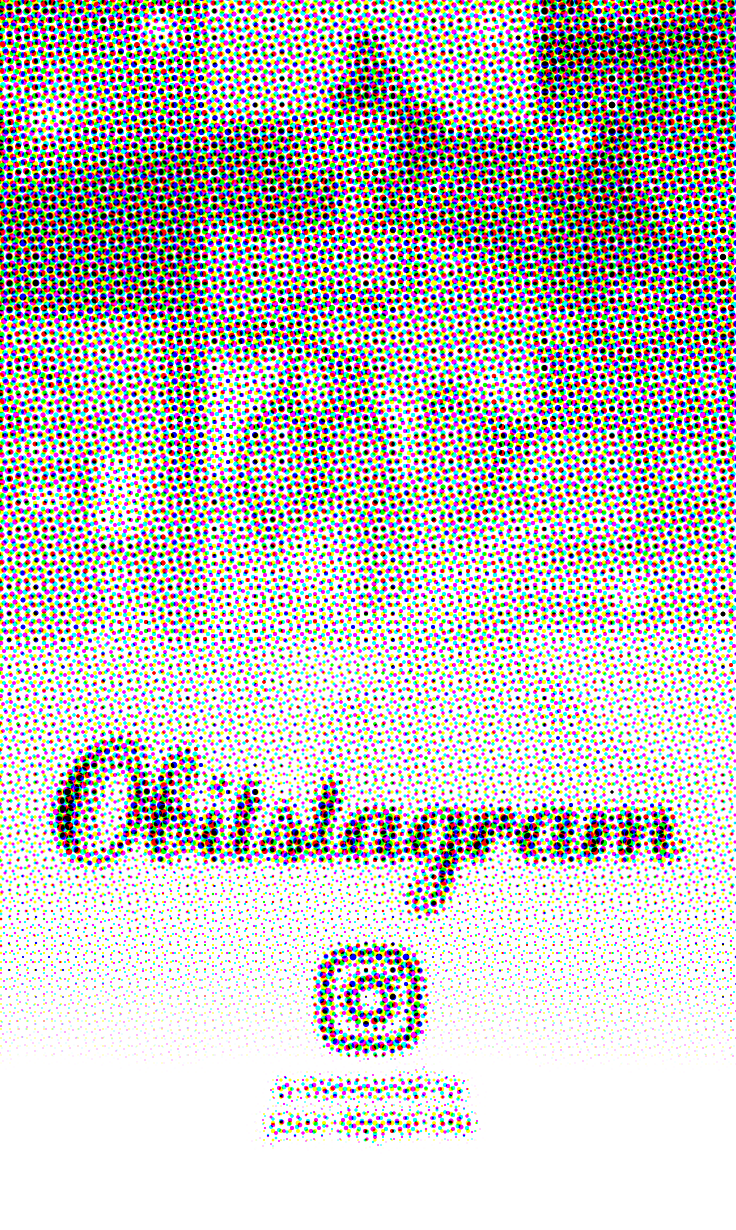Innovating in American Deathcare
Research and Design
The deathcare industry - funerals, cremation or burial, and memorials - is changing. Outside forces and an increased interest in transparency and sustainability have brought a new focus to alternative burial methods.
Although the history of burial in America predates colonial rule, our current traditions stem from European customs. This map shows the presence and prevalence of burial methods (focusing on shroud burial, casket burial and cremation) from Spanish colonial rule until today.
Iterations 2 & 3 (final)
I initially wanted to explore what death looked like on social media. Obitstagram was a hypothetical future platform where the social media accounts of the deceased would transfer. However, based on audience reactions, it seemed social media isn’t conducive to death awareness or aging at all. I decided to explore how immortality could be achieved digitally.
Looking at the intersection of “digital influencers” like lil Miquela and the rise deepfake technology, I came up with the idea of merging the two to create a digital avatar upon which one’s face could be digitally transplanted and used indefinitely. It’s a service where those who carried influence in their life can continue that in their afterlife with the help of a “social executor”. The service algorithmically generates CGI content and uses deep fake mapping technology to put your likeness into feed-appropriate situations (including possible paid promotions).
There is a growing, complex relationship between death as a physical idea versus a digital experience. As inequality deepens in all aspects of society, the experience of death and deathcare will be marked by financial ability. Instagram influences already seemingly live free of the consequences of age and time - what would digital death look like for people of less means? Will a digital memorial outweigh the importance of a physical one?
My last iteration directly stems from my experience living in New York, and the increasingly pay-to-play nature of the basic elements of life. Yes, everyone has to die, but does everyone experience posthumanity equally? I also wanted to think more conceptually about death and physical/digital spaces. It’s proven to be a captivating area of research and I’d like to continue working with these themes in future projects.
I chose to focus on death because it’s refreshingly consistent. It has remained constant since the dawn of life itself and will be experienced by every living thing that will ever exist in the future. The thing that does change however, and usually quite drastically, is the culture and care surrounding death.
Prototyped advertisements



